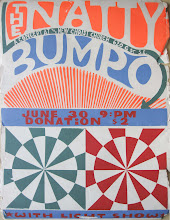Monday, May 21, 2012
Jungle Fowl
While living in Wapato in the lower Yakima Valley as a junior and senior high school student, I was given a small flock of banty chickens by my grandmother, who had kept the chickens a number of years but no longer had a place to let them roam. These banty fowl did not have feathered legs, and they looked very much like depictions of Dutch banty stock, which originated from red jungle fowl from Indonesia. My chickens laid very small eggs, which I saved and colored for Easter. When it wasn't Easter time, we ate the eggs for breakfast, which had lovely dark yellow, almost orange yolks. My flock was 'free-range.' While roaming our small acreage, the hens were introduced to a fighting cock rooster, a runaway from a nearby Filipino farmer. This 'jungle fowl' was quite colorful, with a long iridescent tail, and he was happy to join my banty flock and escape a nearby certain fate. In the process of contributing his gene pool, he likely introduced my flock to genes somewhat closer to their origins. Before long, our Irish Setter dog decided my chickens were no longer domesticated flock, which he had left unmolested, but had become fair game. He began killing my banty chickens at every opportunity. I was quite enraged, and even tied a dead chicken around his neck for several days, a supposed cure, but it didn't work. After that, he was relegated to a long leash on the backyard tree. I don't know what happened to the flock when we moved my senior year and left them with the new property owners. They certainly were beautiful birds, my long-tailed jungle fowl. I could imagine them intermingling with the area pheasant, another introduced fowl with jungle origins.
Subscribe to:
Post Comments (Atom)
Pause that refreshes

taken at Trout Lake Arts Fest



















No comments:
Post a Comment